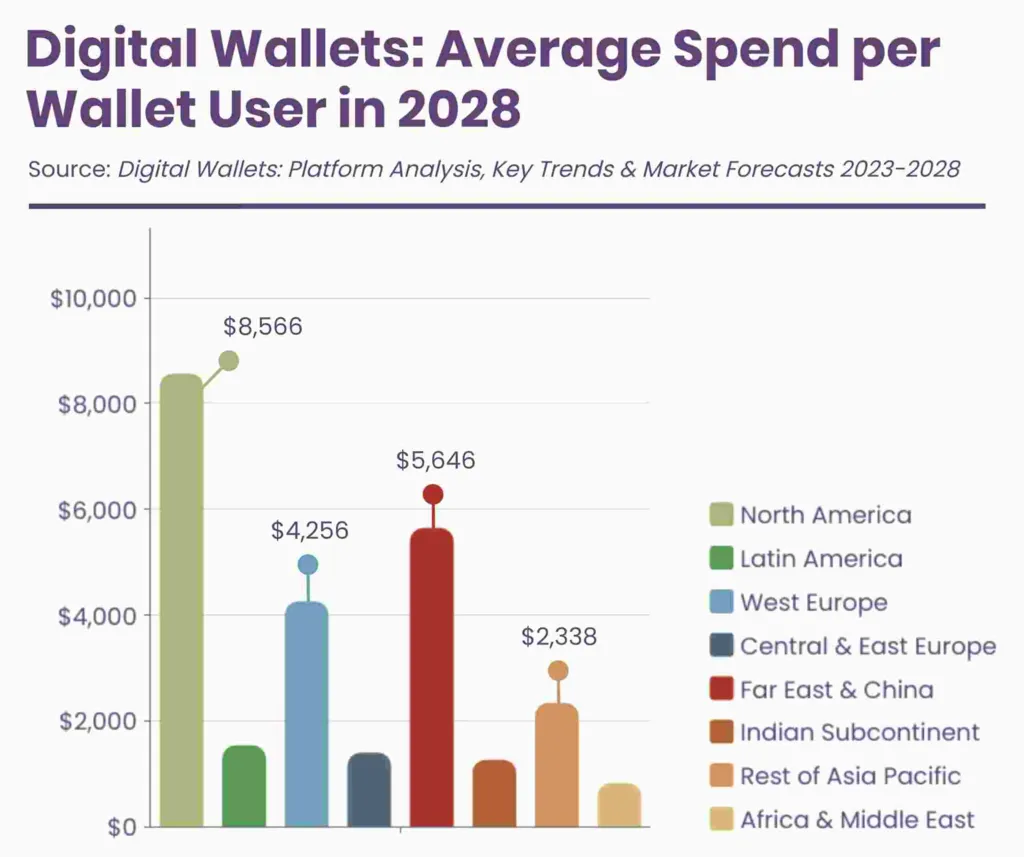Thailand’s government has launched a bold plan: distributing ฿10,000 (US$275) to 45 million citizens through the Thailand digital wallet scheme, aiming to jumpstart spending and economic growth. With ฿450 billion (US$12.4 billion) allocated, the plan has become one of the country’s most ambitious stimulus efforts. But while some see it as a much-needed boost, others warn of long-term trade-offs.
Widespread Reach and Digital Readiness of Thailand Digital Wallet Scheme
The first phase of the scheme saw 36 million people register, just below the 45 million target. Still, the program is set to impact nearly half the Thai population, indicating strong public interest. Thailand is well-positioned to roll out this initiative, with 94% of consumers using at least one digital payment method, and 81% already relying on digital tools for financial tasks.
This high level of digital adoption means the infrastructure for the program already exists, increasing the likelihood of smooth implementation.
Read Also: Thailand Digital Banking Landscape Reshaping the Sector
Potential for GDP Growth

Economists have projected a range of outcomes. The Ministry of Finance predicts a multiplier effect of 2.6–2.7, which could boost GDP by 0.5 to 1 percentage point in the short term. Meanwhile, Siam Commercial Bank’s Economic Intelligence Center (EIC) is more optimistic, forecasting GDP growth could hit 6% in 2024 if the scheme stimulates spending effectively.
However, this optimism comes with caution. The cost of the initiative—2.7% of GDP—raises concerns about Thailand’s fiscal health. SCB warns that the plan may burden public debt for the next decade, especially if it crowds out other programs like crop price guarantees or pandemic recovery loans.
Thailand Digital Wallet Scheme: Local-Level Impact and Spending Behavior
In Phra Nakhon Si Ayutthaya Province, local feedback shows a 68.2% success likelihood, driven by 55.3% citizen approval and 26% belief in policy benefits. These figures suggest the scheme is not just a top-down initiative but one with visible grassroots support.
Among younger users—especially Generation C (ages 18–24) in Bangkok—digital wallets are already a part of daily life. Most use them for small purchases, typically 100–500 THB, especially for food and basic needs. They’re drawn by ease of use and perceived convenience, which could help drive immediate circulation of the ฿10,000 allowance into the local economy.
Thailand Digital Wallet Scheme to Balance Promise and Risk
While the Thailand Digital Wallet Scheme may fuel a burst of consumption, it also raises difficult fiscal questions. Critics argue that such a large-scale handout may create short-term gains but limit resources for more targeted or long-term programs.
Still, for a nation eager to boost domestic demand and support digital finance, the wallet scheme represents a calculated risk. With strong digital foundations and an engaged population, Thailand has the tools to make it work, especially if paired with fiscal discipline.
The digital wallet initiative, known as the Thailand Digital Wallet Scheme, marks a significant turning point in how Thailand approaches economic stimulus. It reflects both the urgency to revive consumer confidence and the challenge of balancing economic growth with financial sustainability. Whether this bold experiment becomes a model or a cautionary tale depends on execution, oversight, and the country’s ability to manage its broader fiscal landscape.







